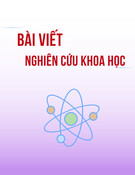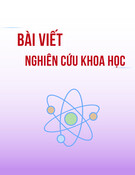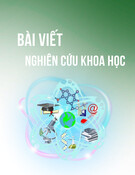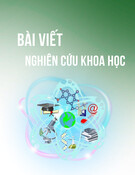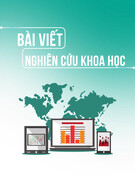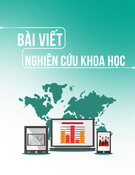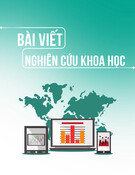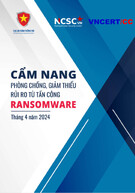
Citation: Qian, C.; Gao, Y.; Chen, L.
Green Supply Chain Circular
Economy Evaluation System Based
on Industrial Internet of Things and
Blockchain Technology under ESG
Concept. Processes 2023,11, 1999.
https://doi.org/10.3390/pr11071999
Academic Editors: Wei Liu,
Chia-Huei Wu and Ángeles Blanco
Received: 20 May 2023
Revised: 27 June 2023
Accepted: 28 June 2023
Published: 3 July 2023
Copyright: © 2023 by the authors.
Licensee MDPI, Basel, Switzerland.
This article is an open access article
distributed under the terms and
conditions of the Creative Commons
Attribution (CC BY) license (https://
creativecommons.org/licenses/by/
4.0/).
processes
Article
Green Supply Chain Circular Economy Evaluation System
Based on Industrial Internet of Things and Blockchain
Technology under ESG Concept
Cheng Qian 1,2, Yuying Gao 3and Lifeng Chen 4,5,*
1Institute of Digital Finance, Hangzhou City University, Hangzhou 310015, China; qiancheng@hzcu.edu.cn
2
Research Center of Digital Transformation and Social Responsibility Management, Hangzhou City University,
Hangzhou 310015, China
3School of Economics and Management, Pingdingshan University, Pingdingshan 467000, China;
gyy3990@pdsu.edu.cn
4School of Business, Hangzhou City University, Hangzhou 310015, China
5School of Public Affairs, Zhejiang University, Hangzhou 310058, China
*Correspondence: chenlifeng@hzcu.edu.cn
Abstract:
A green supply chain economy considering environmental, social, and governance (ESG)
factors improves the chances of functional growth through minimal risk factors. The implication
of sophisticated technologies such as the Industrial Internet of Things (IIoT) and the blockchain
improves the optimization and evaluation of ESG performance. An IIoT-Blockchain-based Supply
Chain Economy Evaluation (IB-SCEE) model is introduced to identify and reduce functional growth
risk factors. The proposed model uses green blockchain technology to identify distinct transactions’
economic demands and supply distribution. The flaws and demands in the circular economy
process are validated using the IIoT forecast systems relying on ESG convenience. The minimal
and maximum risks are identified based on economic and distribution outcomes. The present
investigation highlights the significance of ongoing ESG-conceptualized research into blockchain-
based supply chain economics. Companies who recognize the blockchain’s potential can improve
corporate governance, environmental impact, and social good by increasing transparency, traceability,
and accountability. A more sustainable and responsible future for global supply chains can be shaped
through further research and development in this field, which will make a substantial contribution to
the scientific world. This information is individually held in the green blockchain for individual risk
factor analysis. The proposed model improves the recommendation and evaluation rate and reduces
the risk factors with controlled evaluation time.
Keywords:
green blockchain; economy evaluation; ESG performance; industrial internet of things;
supply chain
1. Introduction
A green supply chain is an operational management method widely used to reduce
environmental impact. A green supply chain is also known as a sustainable supply chain.
A green supply chain mainly uses renewable materials to create a product that produces
eco-friendly products for customers [
1
]. A green supply chain is a commonly used method
to improve the ecosystem and environment that reduces the energy consumption rate
worldwide. A green supply chain network is widely used in various fields to improve the
economic rate and reduce the costs of the products [
2
]. Green supply chain economy evalu-
ation is a complicated task to perform in an application. Green supply chain management
(GSCM) is most commonly used for evaluation and analysis. GSCM produces feasible and
appropriate data related to products [
3
]. GSCM also provides the necessary set of data for
the economy evaluation process. Machine learning (ML) techniques are also used in the
Processes 2023,11, 1999. https://doi.org/10.3390/pr11071999 https://www.mdpi.com/journal/processes








